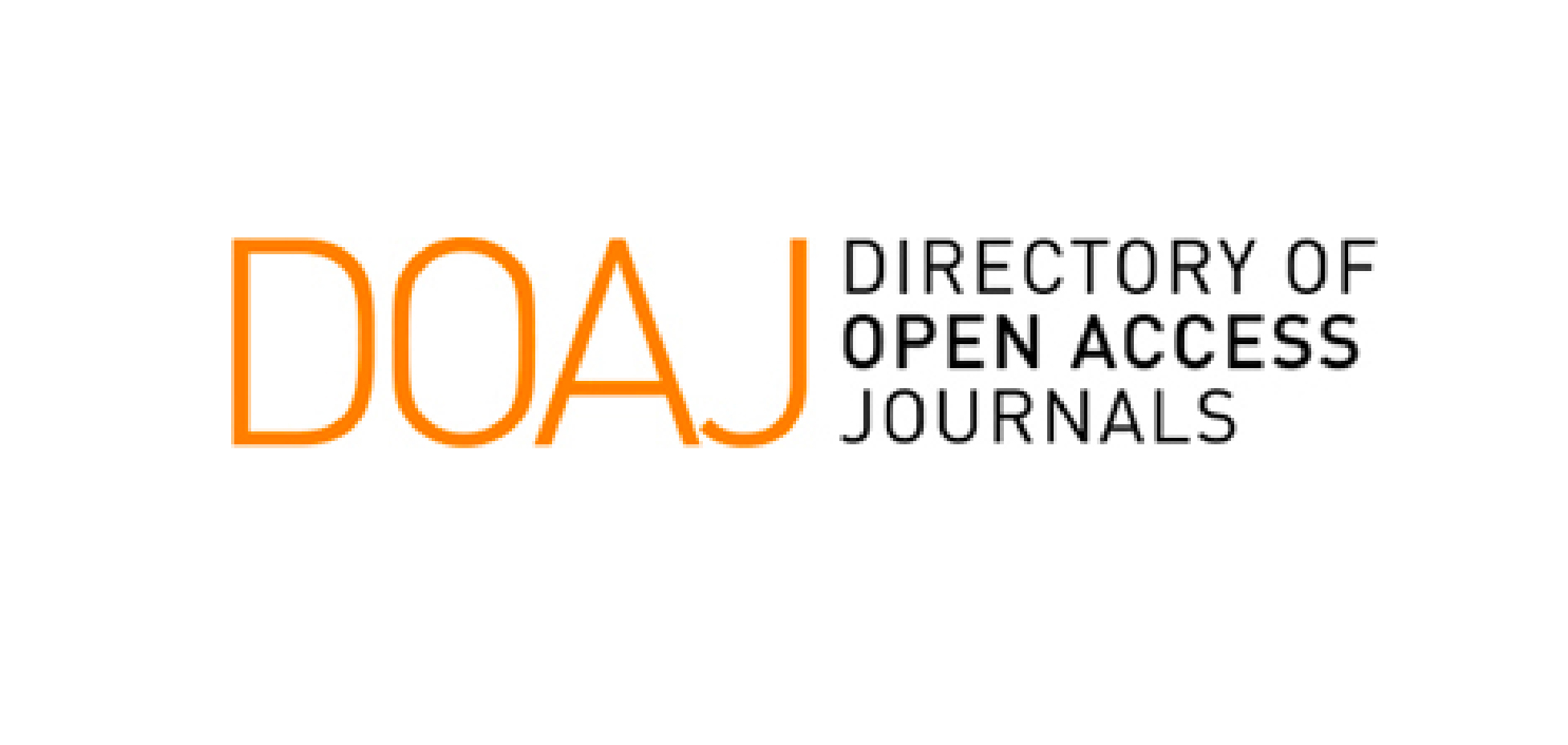ICT IN EDUCATION: ITS BENEFITS, DIFFICULTIES, AND ORGANIZATIONAL DEVELOPMENT ISSUES
Abstract
This essay describes some benefits of implementing ICT in classroom, especially within the area of collaborative and self-managed learning. However, implementing ICT in classroom is not an easy and simple matter. There are many issues which should be addressed. Those issues range from the school culture, teachers barriers, finance, leadership, curriculum, and ethical issues. Those problems are experienced by both developed and developing countries. This also refutes a widespread assumption that developing countries experience more barriers for implementing ICT than developed countries.
Keywords
Full Text:
PDFReferences
Abbott, J., & Dahmus, S. (1992). Assessing the appropriateness of self-managed learning. The Journal of Management Development, 11 (1), 50-60.
Albrini, A. (2006). Cultural perceptions: The missing element in the implementation of ICT in developing countries. International Journal of Education and Development Using Information and Communication Technology, 2 (1), 49-65.
Adonis, L., A (2006). Technology in schools. The British Journal of Administrative Management, 14-15.
British Educational Communications and Technology Agency (Becta), (2004). A review of the research literature on barriers to the uptake of ICT by teachers. Retrieved from http://www.becta.org.uk.
Copolla, E., M. (2005). Powering up: Supporting constructivist teaching with technology. Paper presented at the National Educational Computing Conference, Philadelphia, Pennsylvania.
Davies, C., & Birmingham, P. (2002). Using ICT to enhance the learning experience in the classroom. Education Libraries Journal, 45 (1), 17-19.
Elearningeuropa. Info (2005). The new learning paradigm in school education. Retrieved from http://www.elearningeuropa.info
Fleer, M. (1989). A cross-cultural study of the implementation of microcomputers into schools. Australasian Journal of Educational Technology, 5 (1), 1-13.
Hodas, S. (1993). Technology refusal and the organizational culture of schools. Education Policy Analysis Archives, 1 (1), 1-23.
Huffaker, D. (2003). Reconnecting the classroom: E-learning pedagogy in US public high schools. Australian Journal of Educational Technology, 19 (3), 356-370.
Internet ethics. (2006). Leadership for Students Activities, 34 (9), 4-6.
Lim, C., P. & Khine, M., S. (2006). Managing teachers’ barriers to ICT integration in Singapore schools. Journal of Technology and Teacher, 14 (1), 97-125.
Marshall, S. & Taylor, W. (2005). Facilitating the use of ICT for community development through collaborative partnerships between universities, governments, and communities. International Journal of Education and Development Using Information and Communication Technology, 1 (1), 5-12.
Monteith, M. (ed.) (2002). ICT: Teaching primary literacy with ICT. Buckingham: Open University Press.
Moodiel, P. (2007). Creating support and teacher relationship. Retrieved from http://www.icte.org/SA_library-index.html.
Moyle, K. (2006). Leadership and learning with ICT. Voices from the profession. Teaching Australia. Australia: Australian Institute for Teaching and School Leadership LTD.
Newhouse, C., P. (2002). The impact of ICT on learning and teaching. Perth: Specialist Educational Services.
OECD, (2001). Learning to change: ICT in schools. Paris: Organisation for Economic Co-operation and Development
On Choy, S. & Chi Ng, K. (2007). Implementing wiki software for supplementing on-line learning. Australasian Journal of Educational Technology, 23 (2), 209-226.
Phelps, R., & Kerr, B. (2004). Teachers and ICT: Exploring a metacognitive approach to professional development. Australasian Journal of Educational Technology, 20 (1), 49-68.
Rodrigues, S. (2002). Opportunistic challenges. Teaching and learning with ICT. New York: Nova Science Publishers, Inc.
Samuel, R., S. & Bakar, Z., A. (2006). The utilization and integration of ICT trends in promoting English language teaching and learning: Reflections from English option teachers in Kuala Langat District, Malaysia. International Journal of Education and Development Using Information and Communication Technology, 2 (2), 4-14.
Seele, J. (1986). Edtech and the review of efficiency and effectiveness in higher education. Australian Journal of Educational Technology, 2 (2), 129-138.
Tearle, P. (2004). A theoretical and instrumental framework for implementing change in ICT in education. Cambridge Journal of Education, 34 (3), 331-351.
Uhomoibhi, J., O. (2006). Implementing e-learning in Northern Ireland: Prospects and challenges. Campus-Wide Information Systems, 23 (1), 4-14.
Yuen, A., H., K., Law, N., & Wong, K., C. (2003). ICT implementation and school leadership. Case studies of ICT integration in teaching and learning. Journal of Educational Administration, 41 (2), 158-170.
DOI: http://dx.doi.org/10.12962/j24433527.v3i2.643
Refbacks
- There are currently no refbacks.
This work is licensed under a Creative Commons Attribution 4.0 International License.







